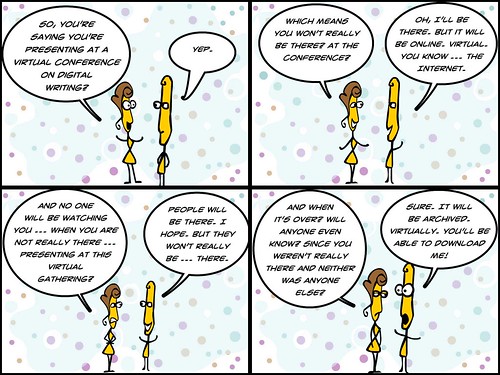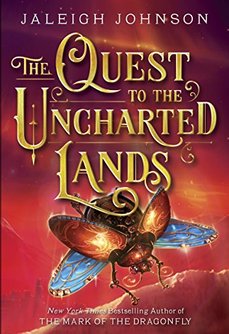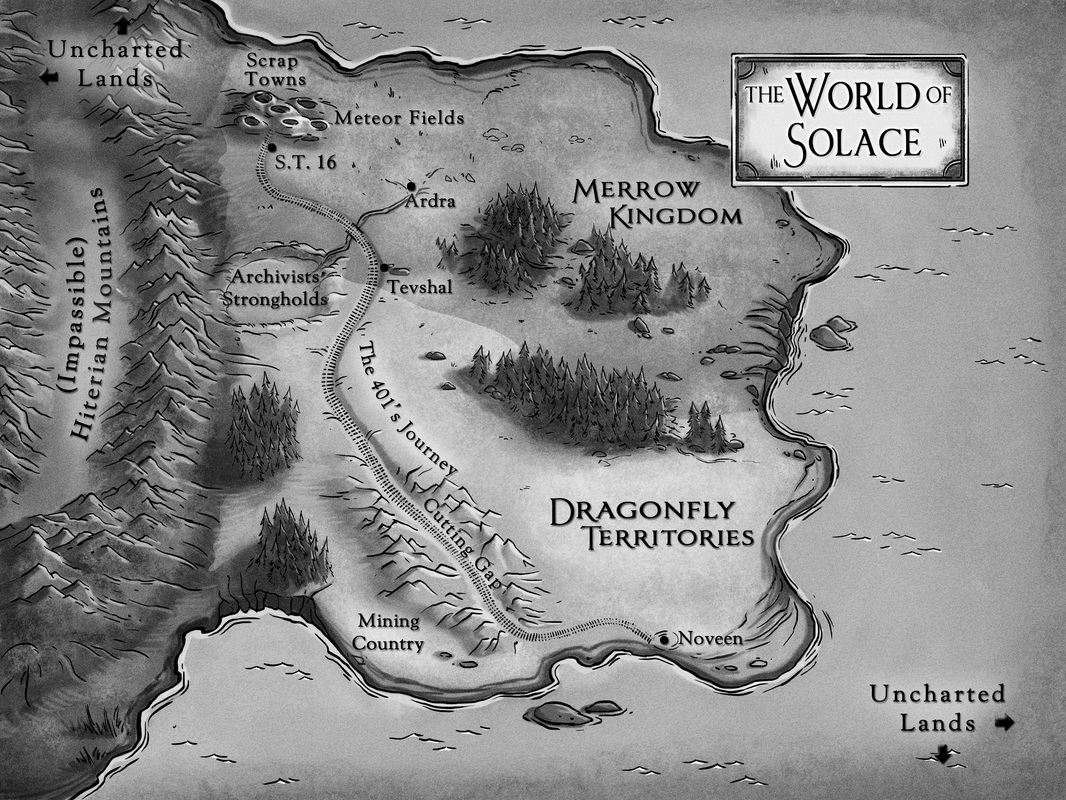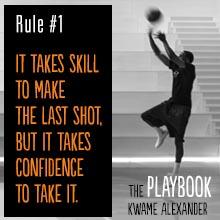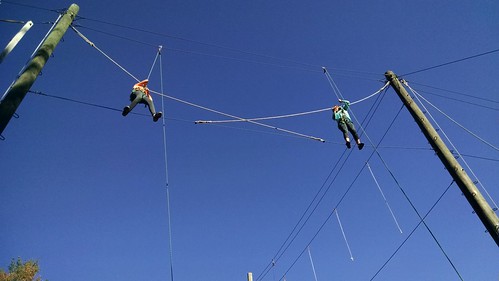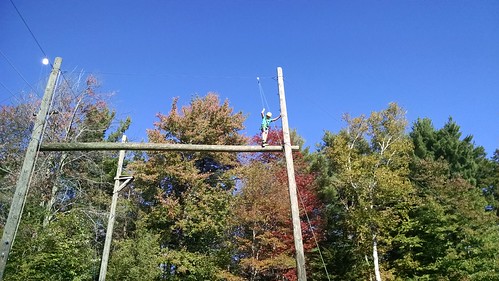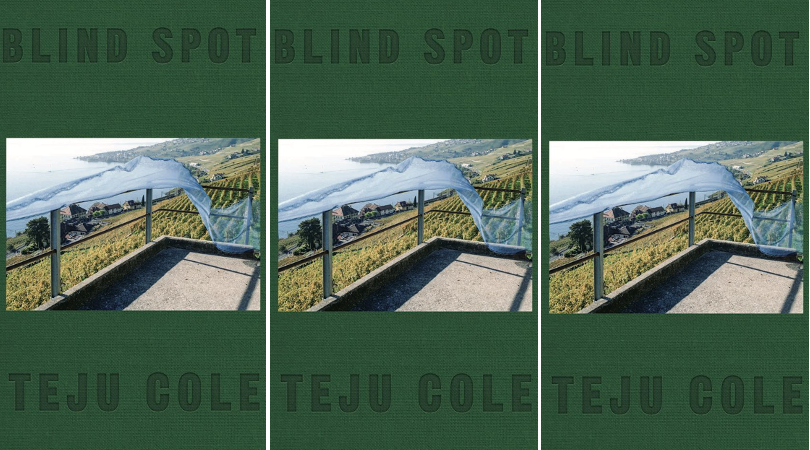
Robert Kyncl is no neutral party here. He is one of the executives at YouTube (YouTube Chief Business Officer) so his title of his book has to be taken with a grain of salt (as catchy as it is). Even so, Streampunks (YouTube and the Rebels Remaking Media) is an interesting look behind the curtain, a way to see how the Google YouTube corporate structure is working to find new personalities to anchor video watching as people shift away from network television and other traditional media.
I read with a critical eye, as it is easy to see Google as supporting the development of YouTube only to make money off our eyeballs, but I still appreciated Kyncl’s analysis of the transformation of entertainment that has emerged from the notion of anyone can post and publish video, anytime. More and more, we see YouTube personalities making their way into the mainstream (for good or for ill, and Kyncl is open about both, citing PewDiPie’s problems as just one recent example while also noting how Vlog brothers John and Hank Green have used the platform for good in the world).
One pervading message in Streampunks is that more and more of those entertainers hosting their own YouTube Channels are finding niche audiences around the world, giving rise to massive viewership for such interests as watching other people play video games, doing make-up, unboxing packages, and more. It’s another version of the long tail.
The important points that Kyncl raises here is that many of these YouTubers doing this work would never have found a platform on network television or in the movies or in music because they never would have been given a chance (Kyncl’s story of Justin Beiber’s rise is a good example of this as is the reach of Lilly Singh, aka IISuperwomanII), and that YouTube has created a place for cultural representation and communities of interaction between performer and audience. In fact, success on YouTube relies heavily on the personal touch, which video can provide in a way no other media really can.
Kyncl does write pretty honestly about the challenges of such open spaces, too, of ways that trolls bring negativity and how comments can become places of vitriol (when I ask my students about places they have seen the Internet as a negative experience, the overwhelming response is always YouTube comments). He says YouTube needs to do more to reach an even more diverse talent pool, and notes the efforts by YouTube to highlight diversity of personalities and cultures, and seek out new voices.
What I found most intriguing here is his profiles on some of the talent who are earning a solid living off video, and the work ethic those folks put into what they are doing, feeding the audience with new material, engaging always with comments and questions, and nurturing a vision for their material that fills some sort of gap. Kyncl makes it clear that almost no YouTube video comes out of nowhere, and goes viral. Most of those videos now come from a careful long-term plan by the creators, slowly building audiences until something catches with the general public, and then riding that wave to the next level of stardom.
As a teacher, and as a father of sons who dabble in video production, this insider’s look was valuable, as is trying to understand the YouTube phenomenon from an insider like Kyncl, who does have a long-standing vision for streaming video (he helped lead a project at Netflix as it was transitioning to streaming) and putting more opportunities in the hands of everyone (while making a bundle of money in advertising for Google, of course).
I’ll leave you with Kyncl’s book dedication:
To the kid out there filming a video on a smartphone who will one day become the biggest entertainer in the world
Peace (on the air),
Kevin
